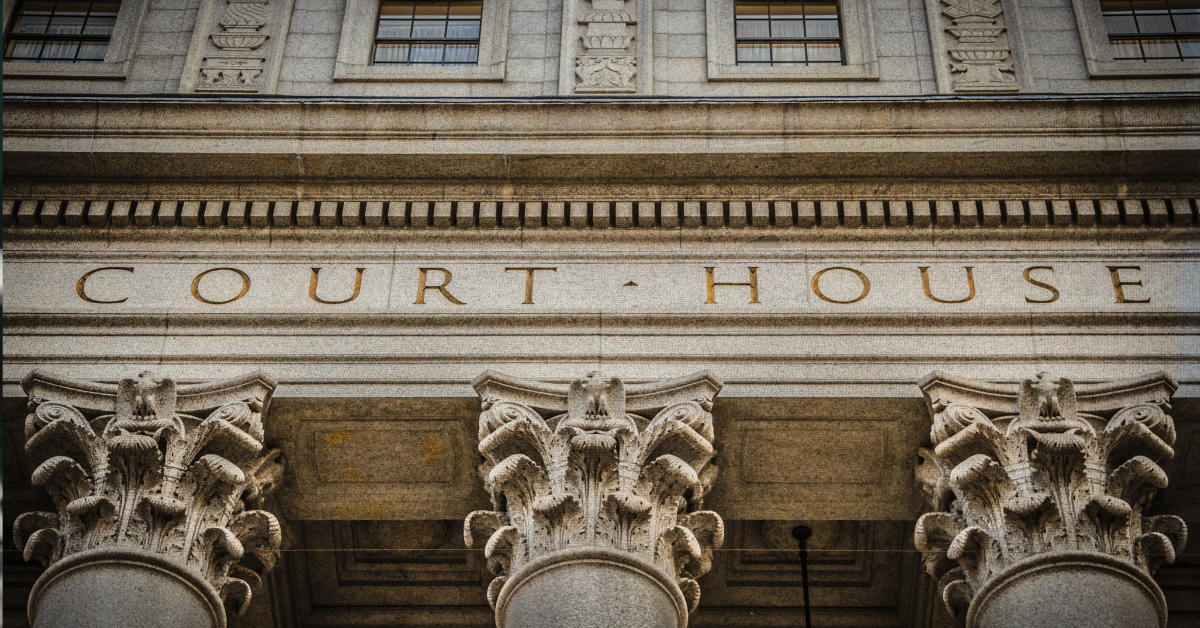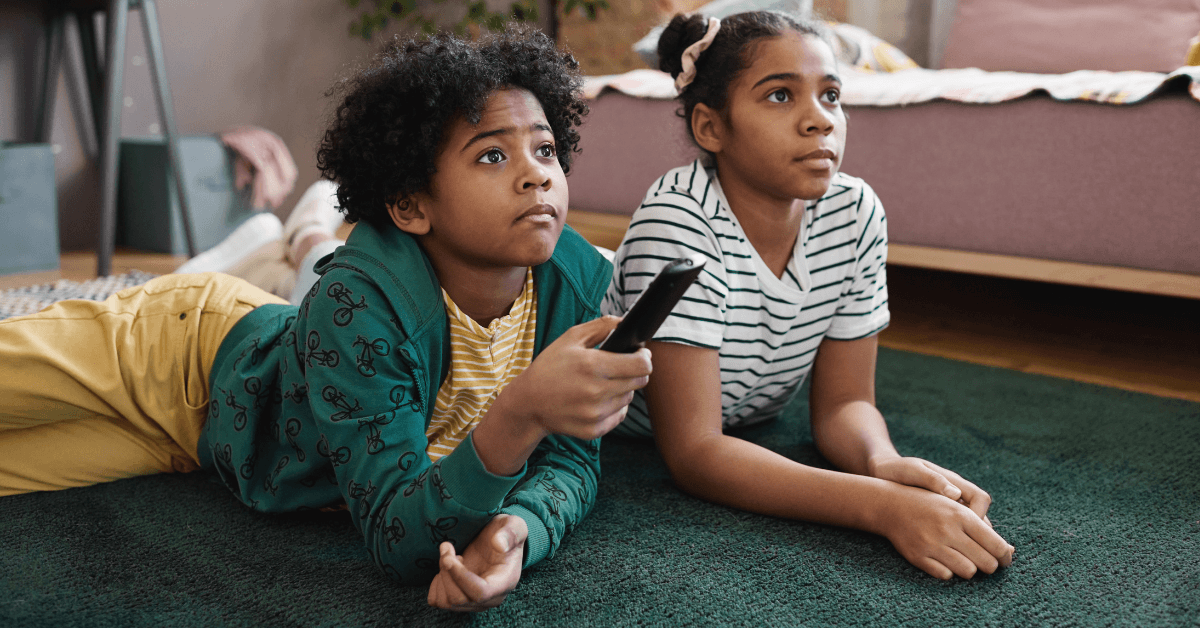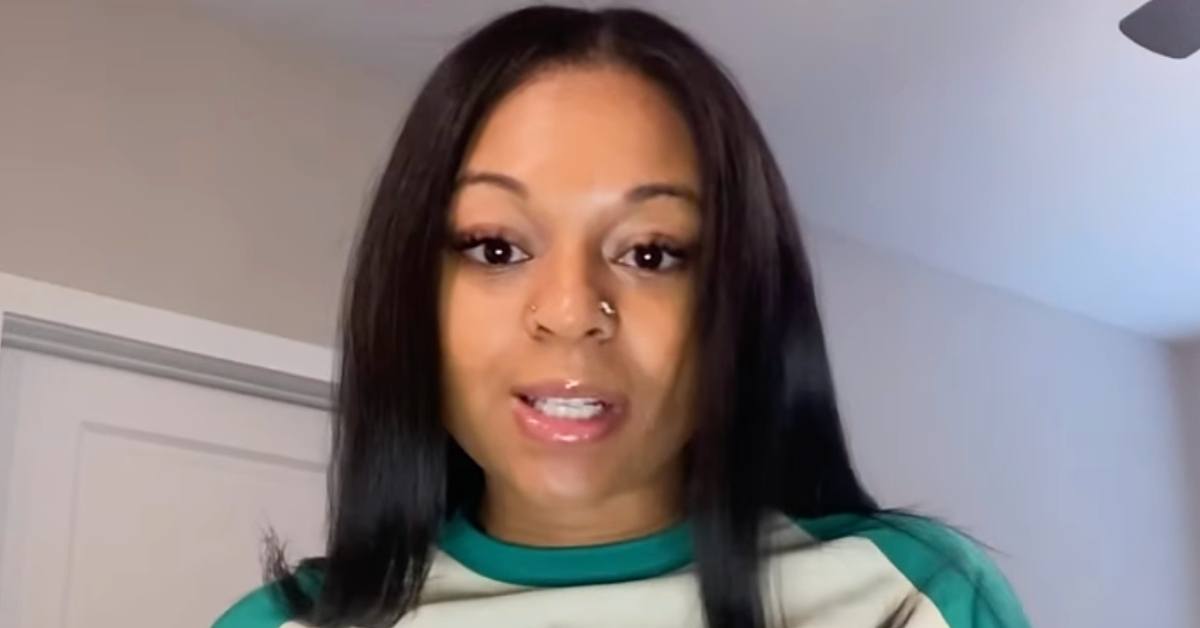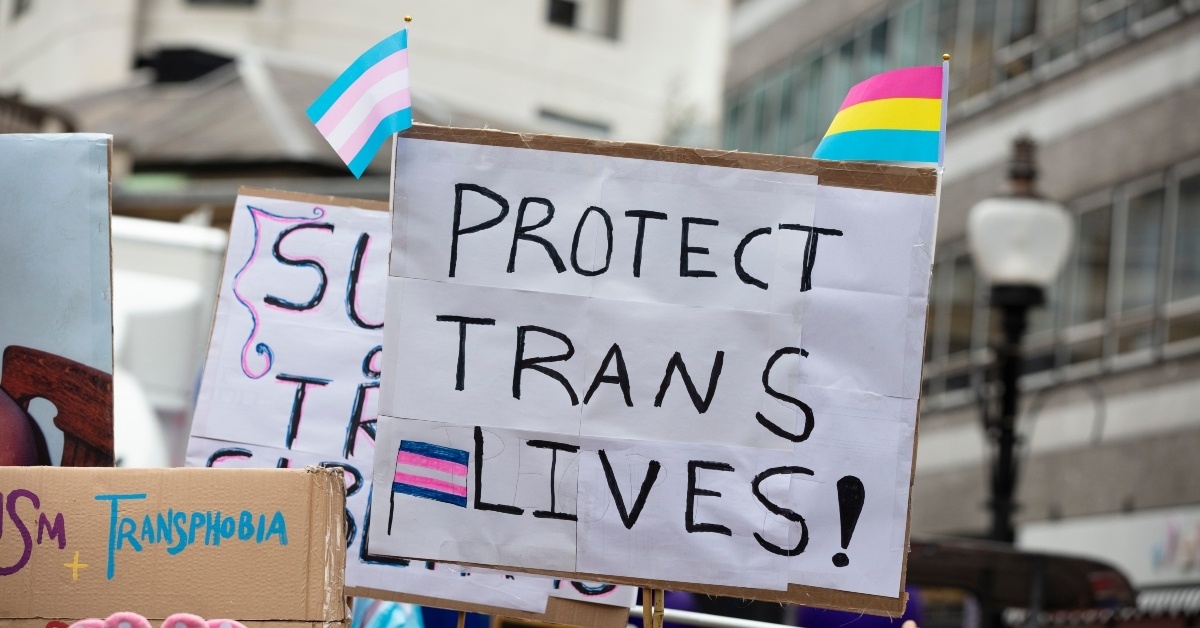BY: DM
Published 2 months ago
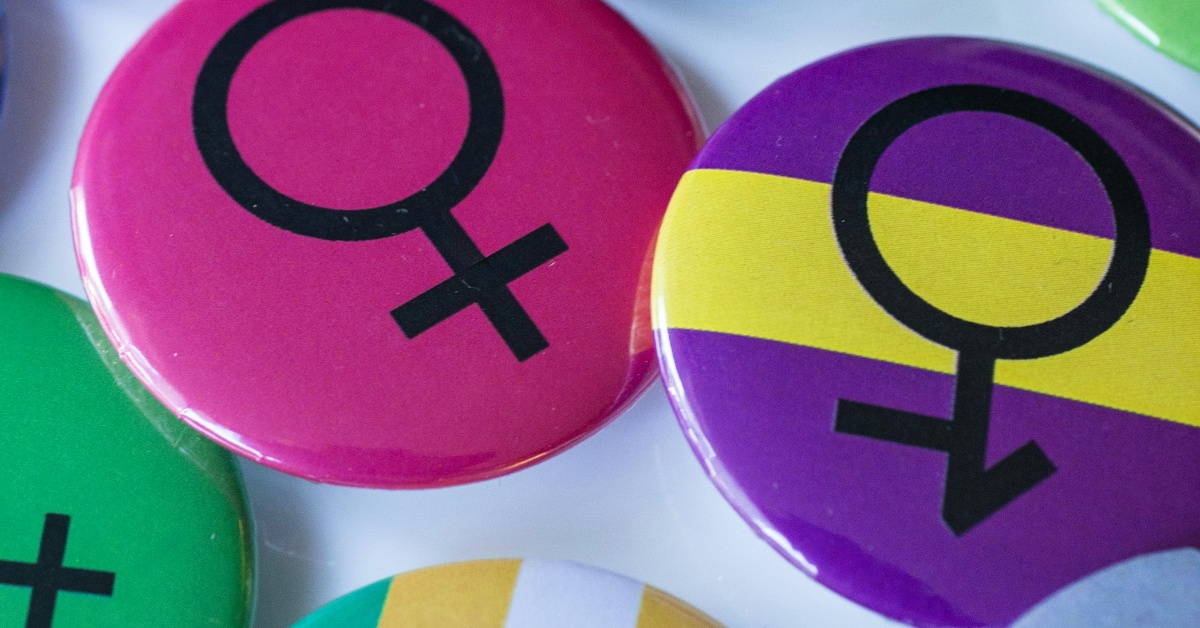
Intersex Awareness Day is more than a social media post or a purple-and-yellow ribbon. It takes place each year on Oct. 26 to honor a 1996 protest in Boston, where intersex activists, joined by transgender allies, denounced non-consensual surgeries on infants and demanded bodily autonomy. Since then, lawmakers have used the observance to spotlight the growing intersex community.
“Every kid born with intersex traits deserves to live free of discrimination and exclusion. And it’s critical the LGBTQIA+ community work to raise awareness of the stories and needs of intersex people,” Rep. Becca Balint said in a press release.
Across cities, social media platforms, and community spaces, people are showing support for intersex individuals during a time when it’s needed most. For those unfamiliar with the day, here’s a look at the history of Intersex Awareness Day and how people celebrate it.
What is Intersex Awareness Day?
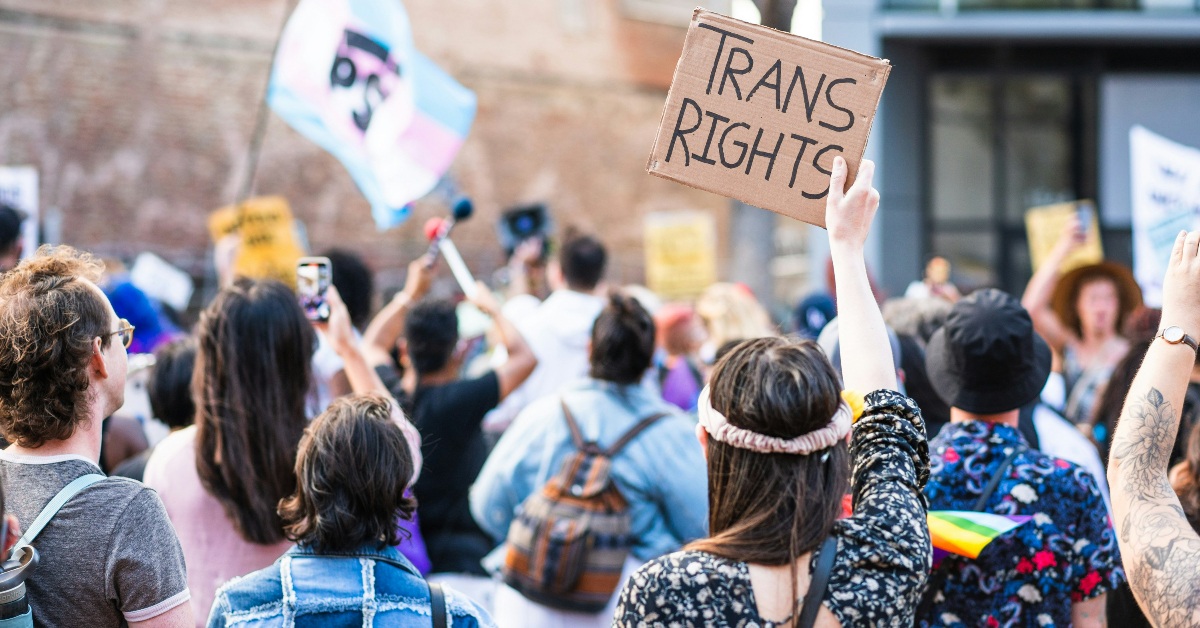
In 2003, organizers Betsy Driver and Emi Koyama chose Oct. 26 to establish an annual awareness day, according to Rainbow Stories. By 2004, people around the world were already celebrating the anniversary. Today, Intersex Awareness Day (IAD) continues that legacy through rallies, social media campaigns, and educational forums. These events remind the public that intersex people have always been part of our communities and that their human rights deserve respect.
Intersex Awareness Day isn’t just about talking — it’s about action. Allies can make small but meaningful contributions every day. On Oct. 26, wear purple and yellow, the official intersex awareness colors, to show support. Share intersex stories on social media using #IntersexAwarenessDay, and learn from intersex-led organizations like interACT. Donating to advocacy groups or attending local events also sends a strong message of solidarity.
“State legislation in the U.S. that targets transgender youth is also harming intersex youth,” Erika Lorshbough, executive director of interACT, told The Advocate. “When lawmakers propose and pass explicit exceptions for surgeons to operate on intersex bodies before the patients themselves can consent, it makes it clear that these bills are about erasing bodily diversity, not protecting anyone.”
Intersex people face unfair misconceptions.
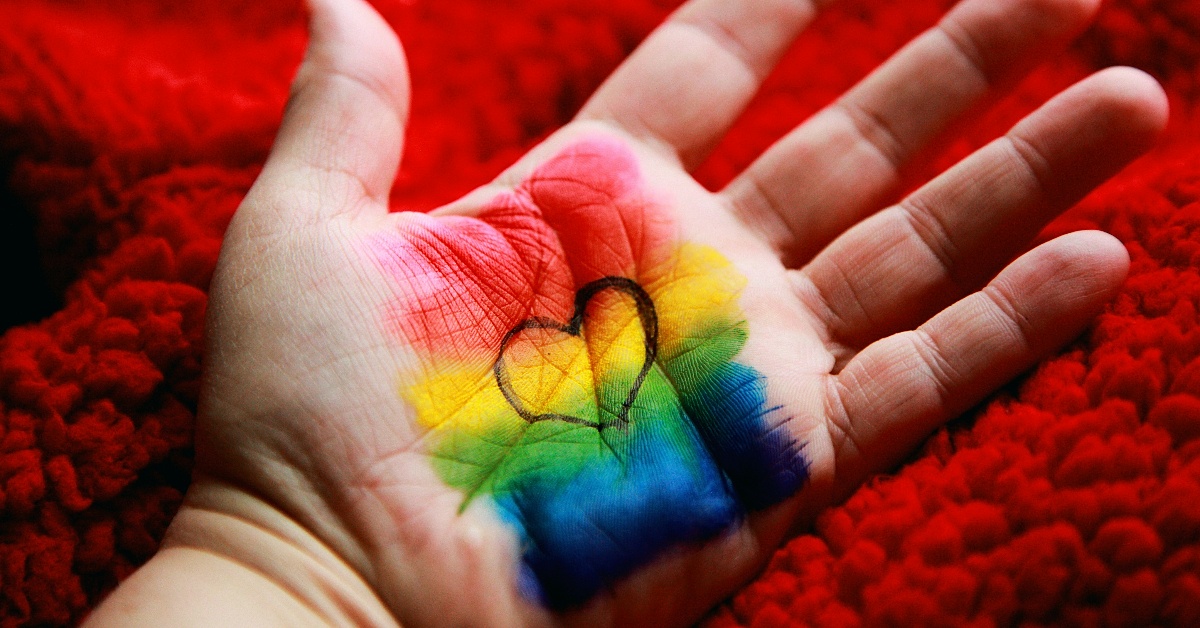
Intersex people are born with natural variations in sex characteristics that don’t fit typical male-or-female definitions. That can involve differences in chromosomes, hormones, internal anatomy, or external genitalia. According to the World Health Organization, intersex is “an umbrella term” for these biological traits. Intersex traits are not rare — about 1.7% of people have some intersex variation, roughly the same rate as natural redheads. Many intersex traits aren’t visible at birth; some appear later during development. Intersex people can have any gender identity or sexual orientation because being intersex is about biology, not identity.
Unfortunately, ignorance breeds myths. The word “hermaphrodite” is never appropriate — it’s an outdated slur, not a medical term. According to interACT, it’s biologically impossible for a person to have two fully formed sets of genitalia, such as both a complete penis and a complete vagina. Intersex people are not half male and half female, and every intersex body is unique. Intersex is neither a gender nor a defect.
Why do you think misconceptions about intersex people still exist today? Comment below!
